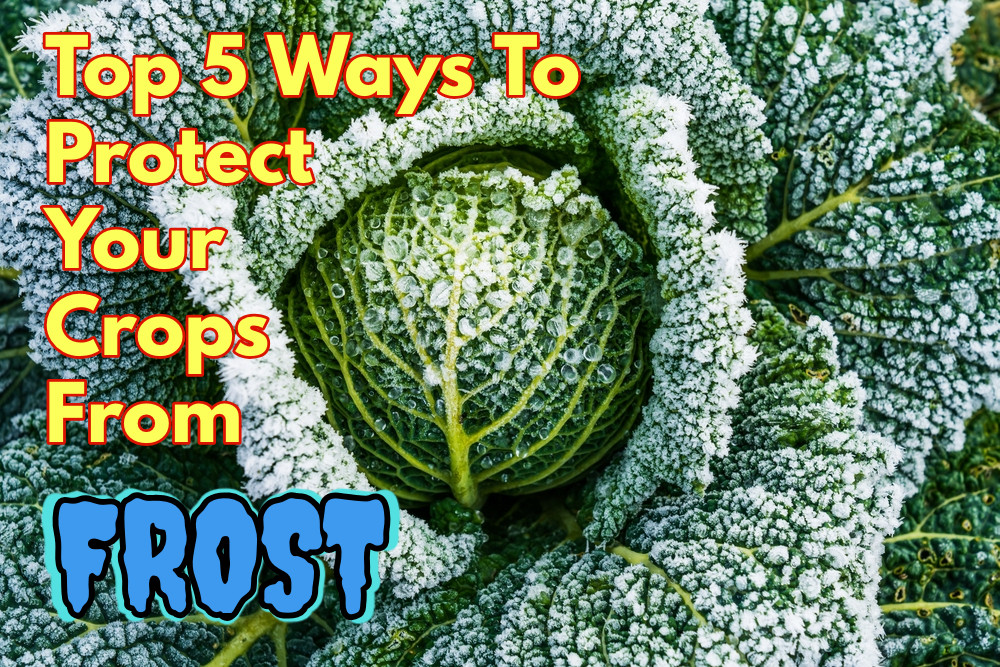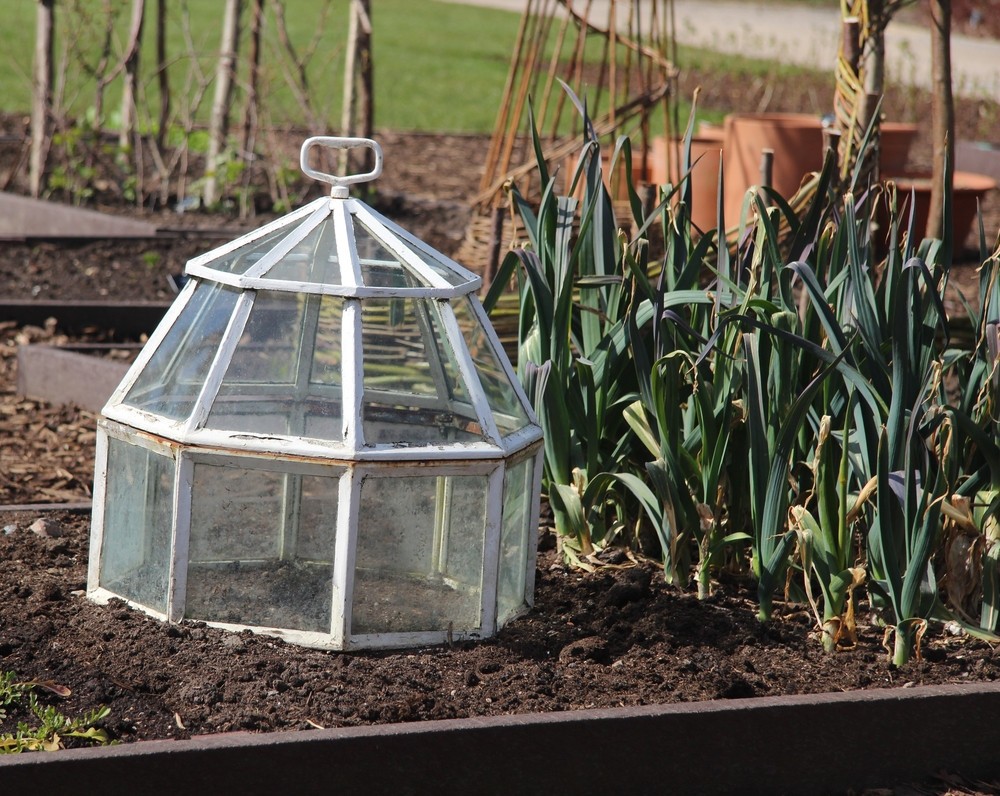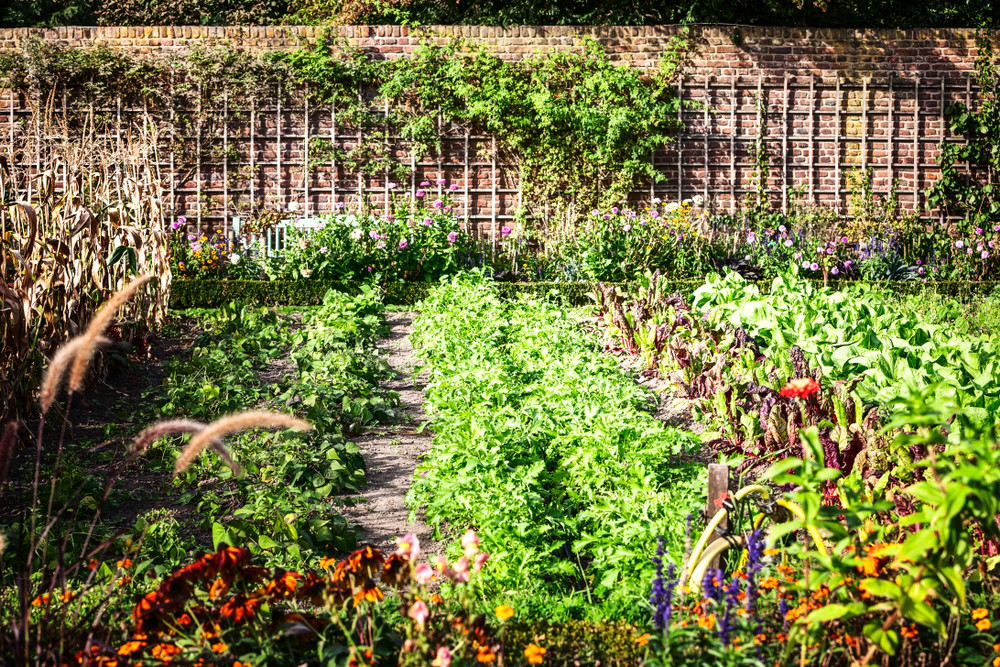Top 5 Ways To Protect Your Crops From Frost

As the vibrant colours of autumn begin to fade and the nights draw in, a chill descends upon our gardens. For many enthusiastic growers, the threat of frost can feel like a cruel blow, jeopardising weeks or even months of careful cultivation. But fear not! Protecting your precious plants from the icy grip of frost is entirely achievable with a few clever strategies. Here are the top five ways to give your crops the best frost protection, ensuring a longer harvest and a healthier garden.
1. The Mighty Mulch: Insulate and Protect
One of the simplest yet most effective ways to protect your plants from frost is by applying a thick layer of organic mulch around their base. Materials like straw, wood chips, shredded leaves, or even compost act as an insulating blanket for the soil. This prevents the ground from freezing as deeply, helping to retain residual warmth from the day and slowly releasing it during the colder nights. For root crops like carrots and parsnips, a generous layer of mulch can even allow you to leave them in the ground longer, harvesting them as needed throughout the winter. Ensure the mulch is deep enough – at least 4-6 inches – to provide adequate insulation.
2. Cover Up: Cloches, Row Covers, and Frost Blankets

When temperatures are predicted to plummet, direct covering is your plant's best friend. Lightweight materials like horticultural fleece, spun-bonded polypropylene (often called 'frost blankets' or 'row covers'), or even old sheets and blankets can make a significant difference. These materials trap warm air rising from the soil, creating a microclimate that can be several degrees warmer than the outside air. Drape them over plants, securing the edges with stones, soil, or pins to prevent wind from lifting them. For more permanent solutions, consider investing in cloches – mini-greenhouses that sit over individual plants or short rows – or constructing simple hoop tunnels over your beds to support larger expanses of row cover. Remember to remove covers during the day if temperatures rise significantly, allowing for air circulation and sunlight.
3. Water Wise: Hydration for Heat Retention
It might seem counterintuitive, but watering your plants before a predicted frost can actually help protect them. Moist soil retains heat much better than dry soil. Water has a higher specific heat capacity than air or dry soil, meaning it takes more energy to change its temperature. A well-watered garden bed will absorb more solar radiation during the day and release that heat slowly throughout the night, raising the ambient temperature around your plants. Water in the late afternoon or early evening, allowing time for the water to soak into the soil but not leaving the foliage wet, as this could lead to ice formation on the leaves.
4. Strategic Placement: Walls, Fences, and Sheltered Spots

Consider the microclimates within your own garden. South-facing walls, fences, or even large evergreen shrubs can offer significant protection from prevailing cold winds and act as thermal masses. Walls absorb heat during the day and radiate it outwards at night, offering a natural warmth boost to nearby plants. Positioning tender crops in these sheltered spots can extend their growing season considerably. Even moving potted plants close to your house walls on frosty nights can provide a crucial few degrees of warmth that makes all the difference. Understanding the sun exposure and wind patterns in different areas of your garden is key to successful strategic placement.
5. The Power of Warmth: Artificial Heating (for serious protection)
For gardeners dedicated to extending their harvest well into colder months, or those with highly sensitive crops, a little artificial warmth can be a game-changer. This could range from very simple methods to more elaborate setups. One effective technique is to place incandescent light bulbs (not LEDs, as they don't produce enough heat) under your row covers or within a small greenhouse. The small amount of heat generated can be enough to keep temperatures above freezing. For larger spaces, dedicated greenhouse heaters or even paraffin heaters can be used, though these require careful monitoring and ventilation. Always ensure any electrical devices used outdoors are rated for external use and properly installed for safety.
By employing a combination of these methods, you can significantly mitigate the damaging effects of frost and enjoy a more bountiful, extended growing season. Don't let a chilly forecast catch you off guard – get covered!


